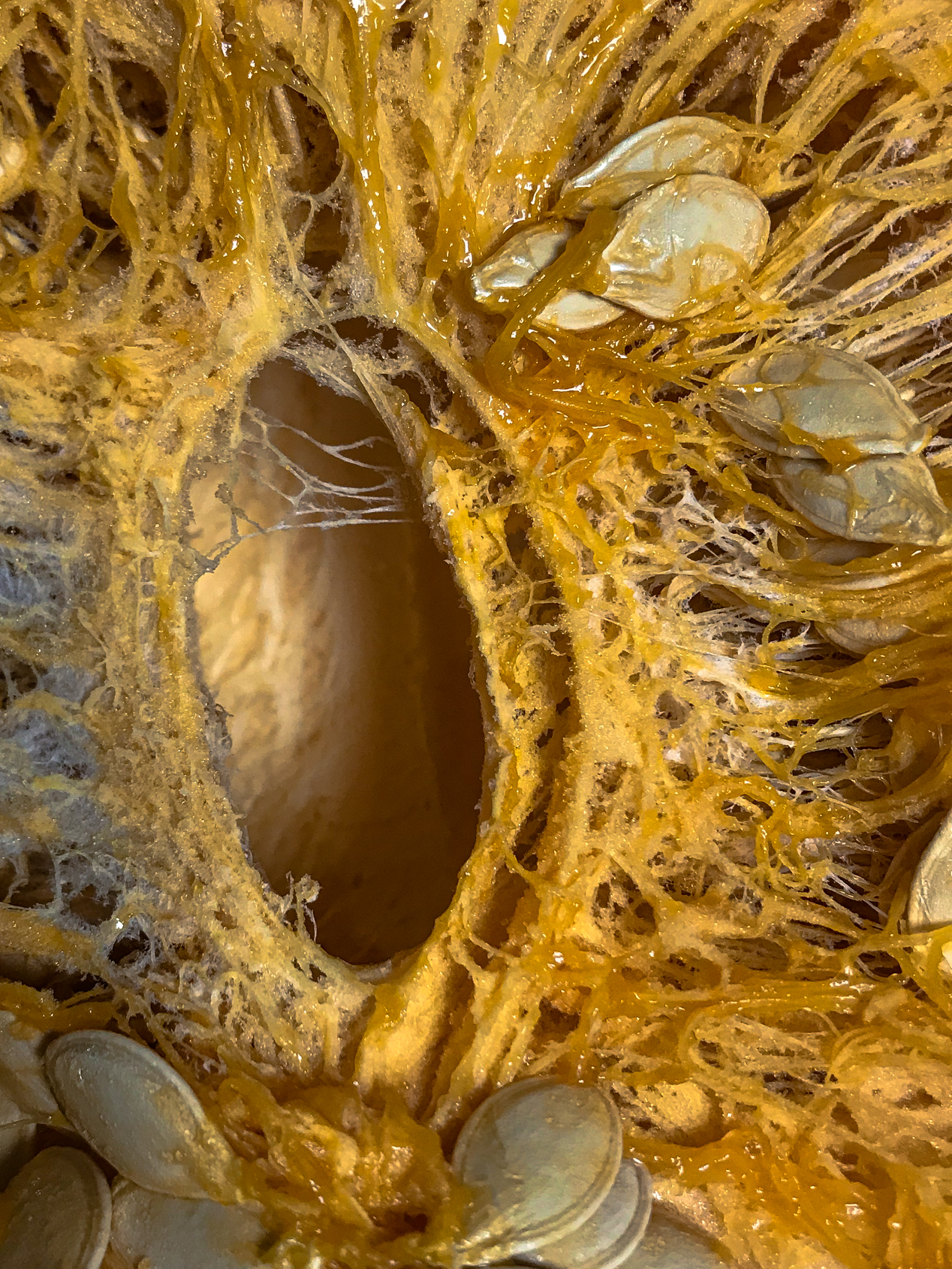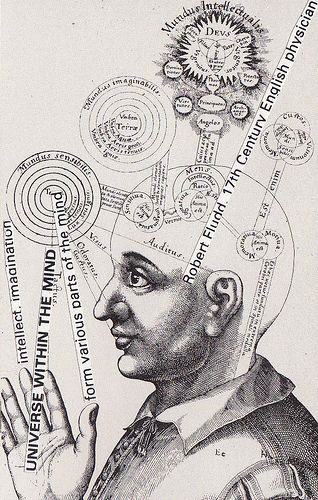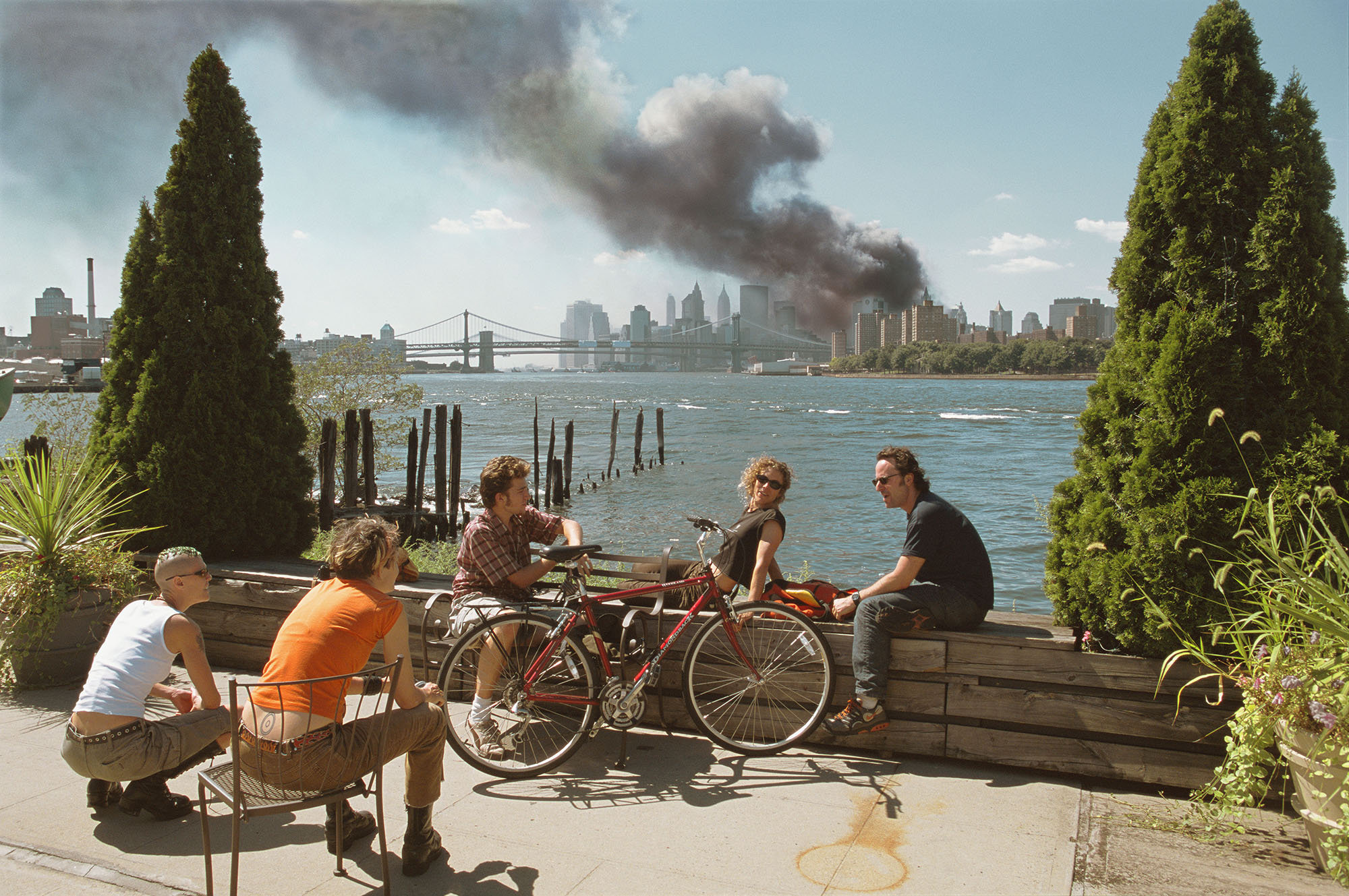How to build a business from scratch To build a solid business, it is essential to find a niche target audience whose needs will be met. It will be equally important to verify the assumptions of the business model, and thus - the market potential. A novice entrepreneur must demonstrate versatile skills and take care of many aspects of a new business - from creating a business model, through analyzing and selecting the target group, recognizing the competition, to preparing the initial version of the product, to working on developing and stabilizing the business.In our case, we are talking about art or...
The Critical Thinking module(ARD-549) asked the question: Where do we - students, do academic art education? What is our perception of art and economy? In what direction should we go? Several important aspects were given that should be addressed when looking for an answer to the question raised. We were also asked to give an example of an artist who we consider as a role model. Questions asked touched on subjects like perspectives for contemporary art, about its limits in the context of ethical behavior, about its development and evolution in times of universal globalization or technological progress. Where is contemporary...
The question posed to us in the first lesson of module 549 where we believe art school teaching is going led me to reflect on quantum physics, the collective consciousness of time and space. The question posed to us in the first lesson of module ARD549 was to make us think where believe art school teaching is going. It led me to reflect on quantum physics, the collective consciousness of time and space.Throughout history, there have been many fascinating people who with their minds and ideas amazed their contemporaries. These famous people such as Leonardo da Vinci, Julius Verne or the...
position statement ARD 549
I am an artist that uses technology in her creations. My art is mainly 2D however I do create 3D props and scenes for the photographs. My main medium is photography, however I use sculpting, costume-making, cooking and computer editing to achieve the final image. The main interests and themes for my art is ecology, recycling, sustainability and reusing, and making things from what we already have on hand. I mix this with my interest in mysticism, ezoteric, fantasy and ethnography. ...
Health and environmental- ARD 549
Art therapy (art from Latin ars art and therapy) is treatment through art.It is an action based on two equal elements: art (creativity) and therapy. The artist Adrian Hill, working in the UK, is believed to have first used the term 'art therapy' to describe the action of creativity in therapy. At a similar time, Margaret Naumburg, a psychoanalytic psychologist, used the term art therapy to describe her work with patients in the United States. According to the definition of the British Association of Art Therapists (BAAT), art therapy is a form of psychotherapy that treats artistic media as the primary...
The first artificial intelligence is mentioned in the Bible. Golem (Hebrew … גולם goylem) - a creature made of clay in the shape of a man, but without a soul that understands neshama, and therefore also the ability to speak. The Hebrew word golem appears only once in the Bible, in Psalms 139: 16, a verse the Talmudic tradition places on Adam's mouth.. The subject of creating artificial life fascinated many artists. Mary Shelley created perhaps the most famous such character in her novel "Frankenstein; or, The Modern Prometheus" In addition to conservative opposition to artificial intelligence from artistic circles, we increasingly...
ARD- 549 some thoughts about ethics in art
The topic of the last classes was ethics in art. The conversation and reflection on this subject should begin with defining what this ethics is In the scientific sense, ethics, along with aesthetics, is a branch of axiology, i.e. a branch of philosophy dealing with the study of values. In the case of ethics, we are dealing with moral value. This means that it is a science that studies morality and creates thought systems from which moral principles can be derived. Ethics in the colloquial sense is the totality of moral norms recognized at some time by a social community as a...
ARD 549-ABOUT CULTURE, ARTISTS AND ECONOMIeS
Culture is also understood in the context of material and non-material "creative" achievements of society or is associated with the issue of building identity. For over two decades, our understanding has expanded to another field - economics, and thus requires finding a suitable place in the economies of cities, regions and countries.The impulse for changes in the perception of culture (and art) came in the late 1990s from two parts of the world. First, in 1994, in Australia, the left-wing government of Paul Keating announced the creation of "Creative Nation" - a document describing cultural policy. It perpetuated the artificial,...
Success evokes positive emotions and makes us think of ourselves as a causative and valuable entity, socially desirable. The event as such becomes the basis for inference about our own subject. The situation begins to evolve in us as information about our e.g. intelligence or professionalism. "I'm so great," I start to think. A single failure or a series of failures - an unsuccessful relationship, a low grade in an exam or a lack of promotion - in turn causes negative emotions. Otherwise, rightly so, because only thanks to them it can become a developmental and valuable lesson. They pinch us...
ARD 549-CRITICAL THINKING-INTRODUCTION & TASK
Develop critical practice throughcontextual and comparative analysis. Demonstrate an ability to locate anduse suitable research sources. Apply, analyse and evaluateinformation from a variety of sources. Develop an ability to construct,communicate and engage in criticaldebate. Independently produce work thatdemonstrates researchmethodology and an understandingof the critical frameworks of art anddesign. TASK Can you find examples of an artist ordesigner whose work investigatesyour selected theme?What relationship does theirmethodology have to their ideas,principles or beliefs? What are the social, cultural andhistorical contexts effecting theposition they have taken (strategiesfor practice)? What relationship does theirmethodology have to their ideas,principles or beliefs?What have you learned from theirwork, their ideas? Did they write about what they...











